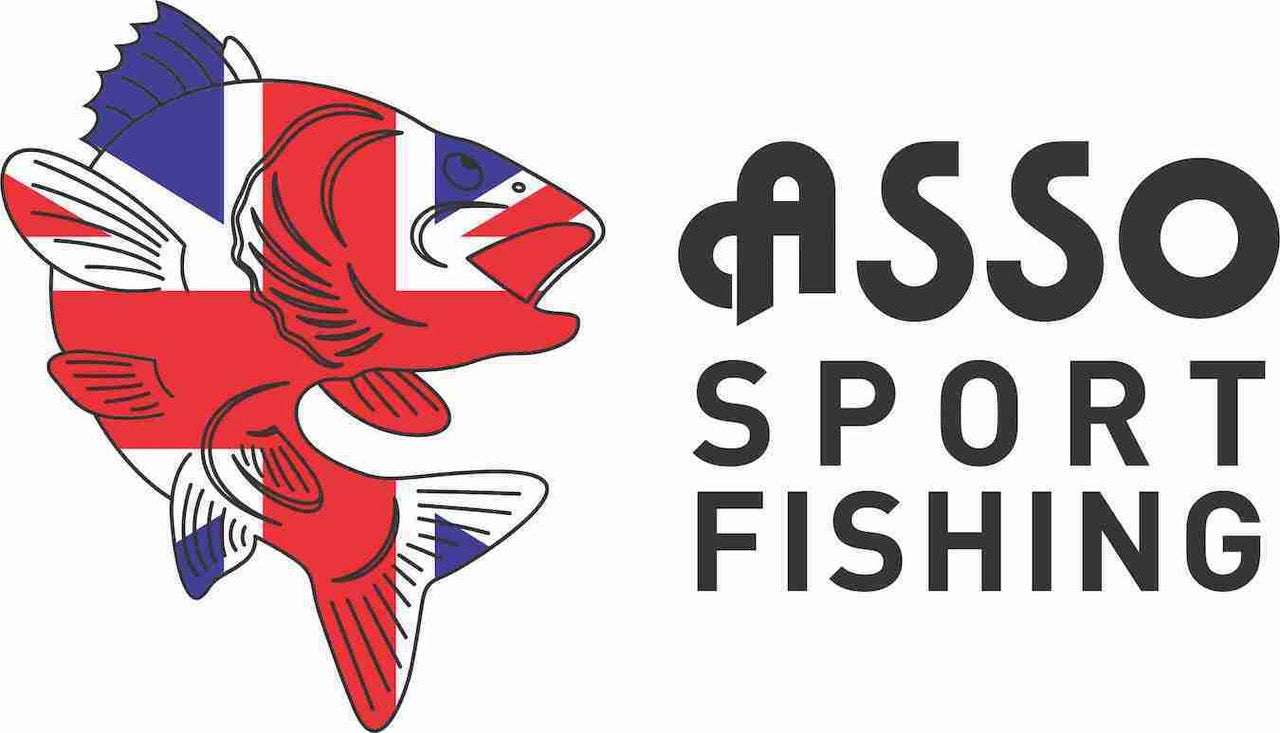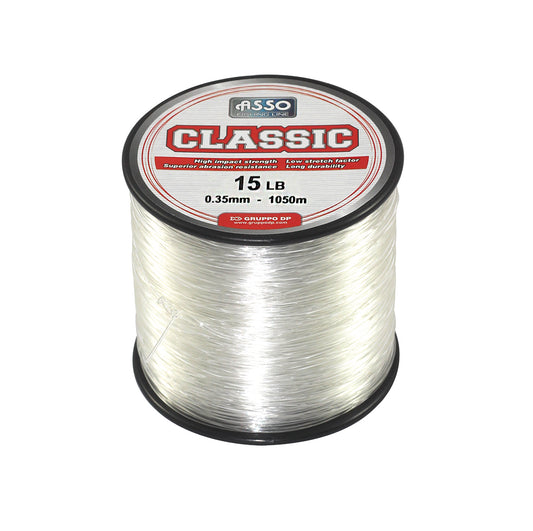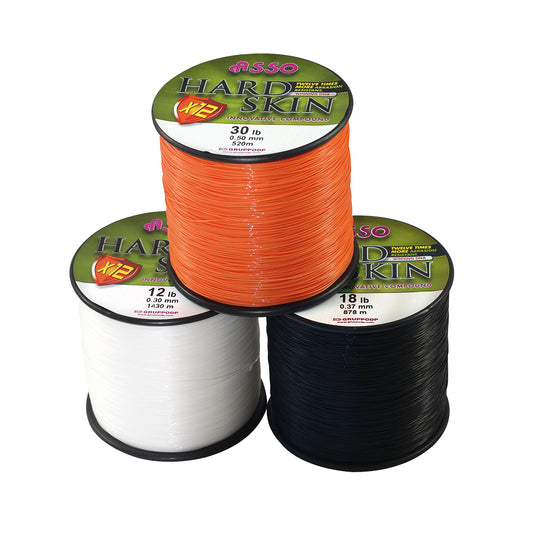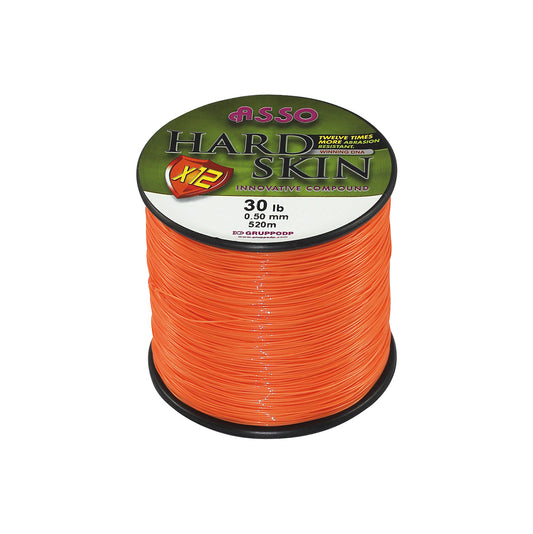Sea fishing lines are essential for any angler venturing into the vast and unpredictable waters of the ocean. It is the crucial link between the angler and the fish, enabling them to reel in their prized catch. However, choosing the right fishing line for sea fishing can take time and effort, considering the various options available in the market. In this comprehensive guide, we will delve into the world of sea fishing lines, exploring their different types from braided fishing line to fishing braid, and benefits and how to select the most suitable one for your fishing adventures.
What Is A Sea Fishing Line?
A sea fishing line is a specialized type of fishing line designed for use in saltwater environments. Unlike freshwater, saltwater poses unique challenges to fishing lines due to increased abrasion, corrosion, and the larger, more powerful species typically found in the sea.
What Are The Different Types Of Sea Fishing Lines?

Sea fishing lines are specifically crafted to withstand the harsh conditions of saltwater, providing durability, strength, and resistance to corrosion. These lines come in various materials, each offering distinct advantages for different fishing scenarios:
Monofilament Lines
Monofilament lines are a common choice for sea fishing. This type of fishing line is versatile and widely used by anglers. It is made from a single strand of nylon or similar material, providing excellent knot strength and flexibility. Monofilament lines also resist abrasion and UV rays, making them durable and long-lasting. They are easy to handle, have good knot strength, and provide reasonable resistance to abrasion. However, they may have less sensitivity compared to other types of lines.
Braided Lines
Braided fishing lines, often made from materials like Spectra or Dyneema, are known for their exceptional strength and thin diameter. They offer high sensitivity, low stretch, and are resistant to abrasion. These qualities make braid line for fishing well-suited for sea fishing, especially when targeting more significant, more powerful species.
Fluorocarbon Lines
Fluorocarbon lines have low visibility underwater, making them advantageous when fishing in clear saltwater conditions. They also have good abrasion resistance and sink faster than monofilament lines, which can be beneficial in specific fishing scenarios.
The choice of sea fishing line depends on various factors, including the target species, fishing technique, and the specific conditions of the saltwater environment. Anglers often select a fishing line that aligns with the demands of their chosen fishing style and the characteristics of the marine ecosystem they are exploring.
What Are The Benefits Of Using Sea Fishing Lines?
Sea fishing lines offer a range of benefits that enhance the angler's fishing experience. Understanding these advantages can help you decide when selecting the right fishing line for your needs.
- Sea fishing lines are designed to withstand the harsh conditions of saltwater environments. They have excellent tensile strength, allowing anglers to handle large and powerful fish species without worrying about line breakage.
- The ability of a fishing line to hold knots securely is vital for successful sea fishing. Most sea fishing lines, especially monofilament and braided lines, have excellent knot strength, ensuring that your knots hold firm during intense battles with fish.
- Sensitivity is crucial in sea fishing, enabling anglers to detect even the slightest movements or bites. Fluorocarbon and braided lines are known for their high sensitivity, allowing anglers to feel the fish's subtle actions and react accordingly.
How To Choose The Right Sea Braided Fishing Line Uk?

Selecting the proper sea braided fishing line UK involves considering factors such as fishing location, target species, and personal preferences. Here are some key considerations to keep in mind:
- Fishing location: Different fishing locations, such as coastal areas, deep sea, or rocky shores, may require specific fishing lines. Understanding the characteristics of the fishing environment will help you determine the most suitable line for your needs.
- Target species: The type and size of fish you intend to catch will influence your choice of fishing line. Larger fish species require more muscular lines with higher tensile strength, while smaller fish can be targeted with lighter bars.
- Fishing technique: The fishing technique you plan to employ also plays a significant role in selecting the right fishing line. For example, a braided line would be a suitable choice if you prefer casting long distances or jigging deep waters due to its strength and low stretch.
Conclusion
Choosing the proper sea fishing line is crucial for a successful and enjoyable fishing experience. You can make an informed decision by understanding the cables available and their benefits and considering factors such as fishing location, target species, and fishing technique. Whether you opt for the versatility of monofilament, the invisibility of fluorocarbon, or the strength of braided lines, selecting the appropriate sea fishing line will significantly enhance your chances of landing that trophy catch. So, arm yourself with the right fishing line and embark on thrilling sea fishing adventures.






